Best Tools for MongoDB Users to Buy in December 2025
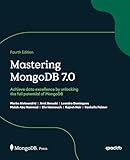
Mastering MongoDB 7.0: Achieve data excellence by unlocking the full potential of MongoDB


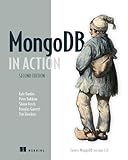
MongoDB in Action: Covers MongoDB version 3.0


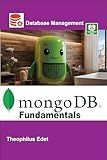
MongoDB Fundamentals (Mastering Database Management Series)


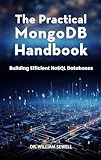
The Practical MongoDB Handbook: Building Efficient NoSQL Databases


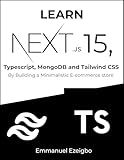
Learn NextJS 15, Typescript, MongoDB and Tailwind CSS: By Building a Minimalistic E-commerce store


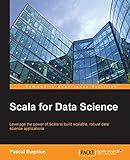
Scala for Data Science: Leverage the power of Scala with different tools to build scalable, robust data science applications


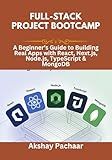
Full-Stack Project Bootcamp: A Beginner’s Guide to Building Real Apps with React, Next.js, Node.js, TypeScript & MongoDB


To add a value to an existing value in MongoDB, you can use the $inc operator in an update operation. This operator increments the value of the specified field by the specified amount. For example, if you want to add 5 to the "count" field of a document with _id equal to 123, you can use the following update operation:
db.collection.update({_id: 123}, {$inc: {count: 5}});
This operation will add 5 to the existing value of the "count" field in the document with _id equal to 123. You can also subtract a value by providing a negative number to the $inc operator.
Keep in mind that if the field does not exist in the document, the $inc operator will create the field and set its value to the specified amount.
What is the $text operator in MongoDB?
The $text operator in MongoDB is used as part of the query syntax in text searches. It is used to perform full-text searches on text fields by specifying a text search string or query expression. The $text operator can be used in conjunction with other query operators to filter and sort text search results.
What is the $limit operator in MongoDB?
The $limit operator in MongoDB is used to limit the number of documents that are returned in the result set of a query. It restricts the number of documents that can be returned by a query to the specified limit value. This can be useful when you only want to retrieve a certain number of documents from a collection, rather than all of them.
What is the $each operator in MongoDB?
The $each operator in MongoDB is used to add multiple values to an array field in a document. It is commonly used in conjunction with other array operators like $addToSet and $push to append multiple values to an array field in a single update operation. The syntax for using $each is as follows:
db.collection.update( { _id: 1 }, { $addToSet: { field: { $each: [ value1, value2, ... ] } } } )
This would add multiple values (value1, value2, etc.) to the "field" array in the document with _id equal to 1.
What is the $regex operator in MongoDB?
The $regex operator in MongoDB is used to perform regular expression matching in queries. It allows you to find documents that match a specified pattern in a field. The $regex operator is commonly used in conjunction with other query operators to filter and retrieve specific documents from a collection based on a given regex pattern.
